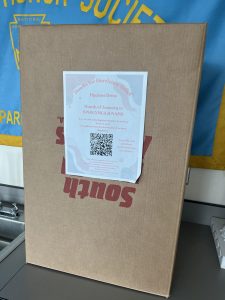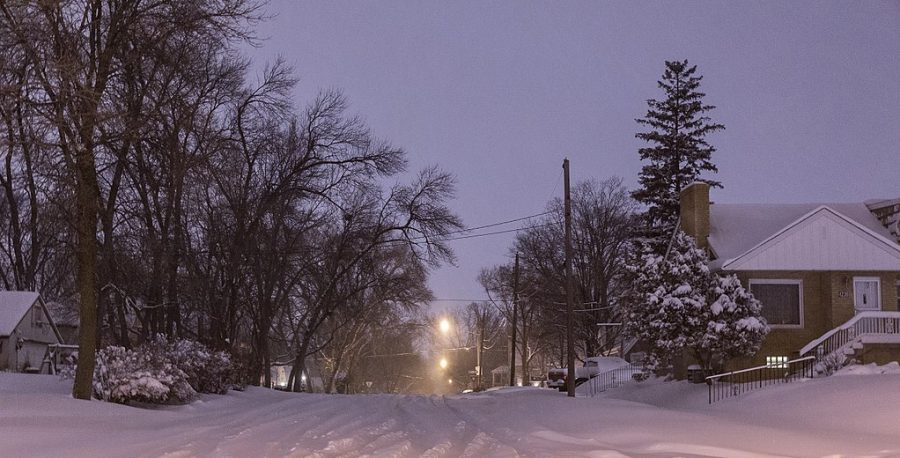Have we seen the end of snow days?
Tony Webster from San Francisco, California, CC BY-SA 2.0
A snowy night near France Avenue North and Shoreline Drive in Robbinsdale, Minnesota
As the first month of winter wraps up and the pandemic continues, there’s a question that is still lingering around students, staff, and parents alike: Is this the end of snow days?
Snow days are something that every past generation knows well. From teenagers to centenarians, all of us can remember the joy of learning that snow had clogged the streets enough to stop school buses. The warmth of climbing back into bed on a chilly morning or of steaming hot chocolate after a romp in the bright backyard is both unique and familiar.
But now, with schools across the country ending their first full semesters of online instruction, there is reason to question whether today’s kids and future generations will get those same experiences.
Although logically it may seem that snow days are gone for good, there is still ample reason to believe that they should stick around.
Snow days provide much-needed relief to both students and teachers, particularly in a time like this. Even before the pandemic, stress levels were constantly rising among high schoolers, feeding into a whole host of mental struggles with illnesses like anxiety and depression.
Today, most people have spent more time indoors than any other period in their lives, and students and teachers are still working with the same workload they had when things were normal.
Snow days allow for a breath of fresh air to get some vitamin D, extra sleep, or quality family time in between all the chaos we see each day. Mental health is just as important as physical health, and it’s another thing we should be taking care of while social distancing is still in effect.
Besides being a well-deserved break for everyone within the education system, snow days can act as a safety precaution as well. Snowstorms do much more damage than just blocking up roads. Heavy snowfall can break branches, damage houses and phone lines, trap cars, and freeze roads. Power outages are not uncommon during snowstorms and can lead to certain households going without heat during the coldest days of the year. Car accidents and injuries from slipping on ice are frequent as well. Even more problems are brought on when the snow and ice melt.
Forcing students and teachers to attend class when many of them are facing the physical consequences of extreme winter weather is ineffective. Attendance would be very low, with many students incapable of doing any work at all due to downed power lines.
Snow days allow a release from the responsibilities of school until the community has recovered and full focus can be dedicated to working once again.
It remains to be seen how the education system will change once the pandemic has receded enough for our former way of life to (more or less) return, but it would be in the best interest of students and teachers nationwide to not do away with snow days altogether. States and school districts need to keep in mind the mental well-being of their students and staff as well as their safety during winter storms when deciding how to handle snow days in future school years.

Gabby Johnson is a senior at BPHS. She has been involved in the fall play, as well as the spring musical through stage crew. Gabby has also participated...











